According to scientists, the West has become substantially warmer and drier over the past 30 years due to climate change. This trend will continue to increase weather extremes and the frequency and destructiveness of wildfires. Wildfires are getting harder to put out, and firefighters are fighting hard to keep everyone safe.

While some states have wildfires due to the increasingly warm temperatures, others have causes unique to them. What are some of these causes, and which states have the most wildfires? Here, you’ll learn which ones have dangerous wildfires and why.
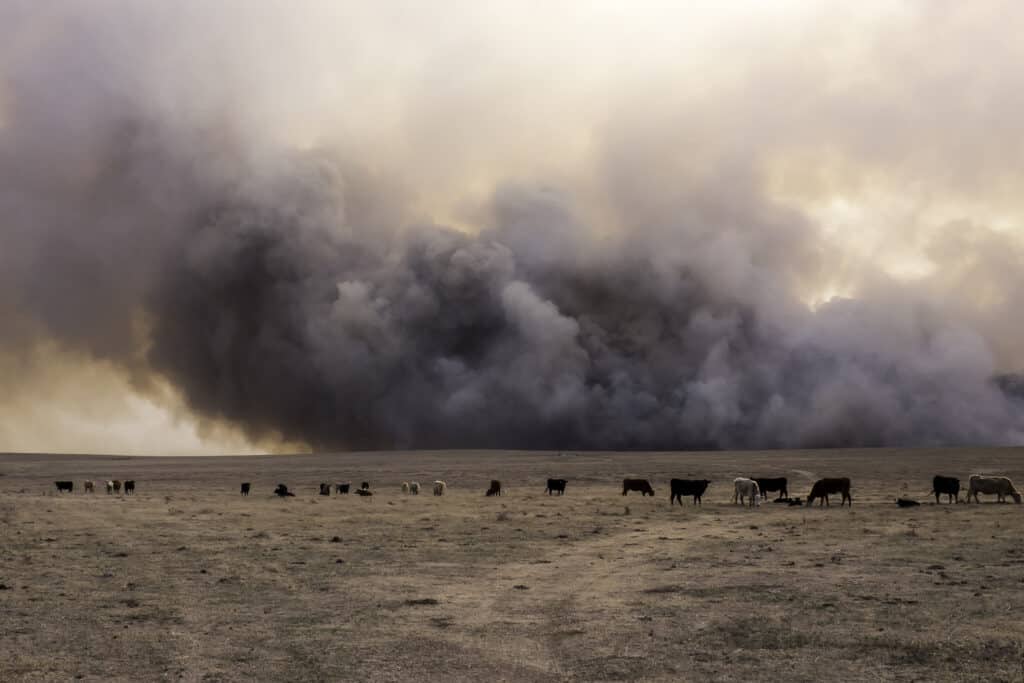
Wildfires have been increasing in the United States – and it’s taking its toll on states like Kansas, Texas and California to name a few.
©Eugene R Thieszen/Shutterstock.com
Kansas
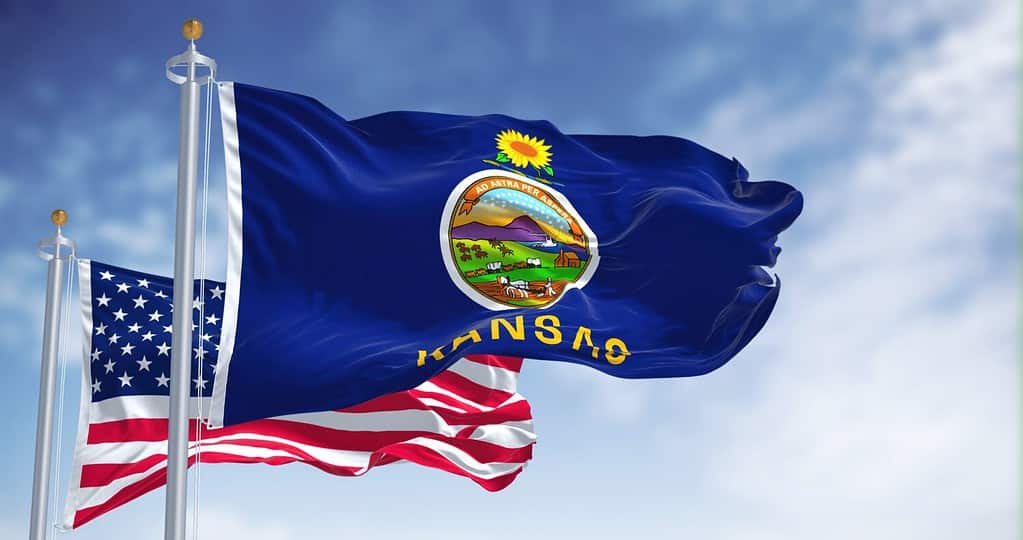
©rarrarorro/Shutterstock.com
Kansas received timely precipitation before the drought began, encouraging additional grassland development. For instance, last year’s March was the seventh wettest on record in Wichita. The chilly season grasses benefited greatly from the rain, growing higher and more abundantly than usual. But those grasses were gone by winter.
The majority of the state is now covered in tall heaps of dried kindling that was once grass. Any moisture that does end up on the ground quickly evaporates due to persistently dry air masses. Wet grass can burn quite efficiently in these conditions after only an hour of drying. And thanks to the wind, which has been stronger than usual, fires spread more easily. March had wind speeds over two miles per hour higher than usual.
Texas
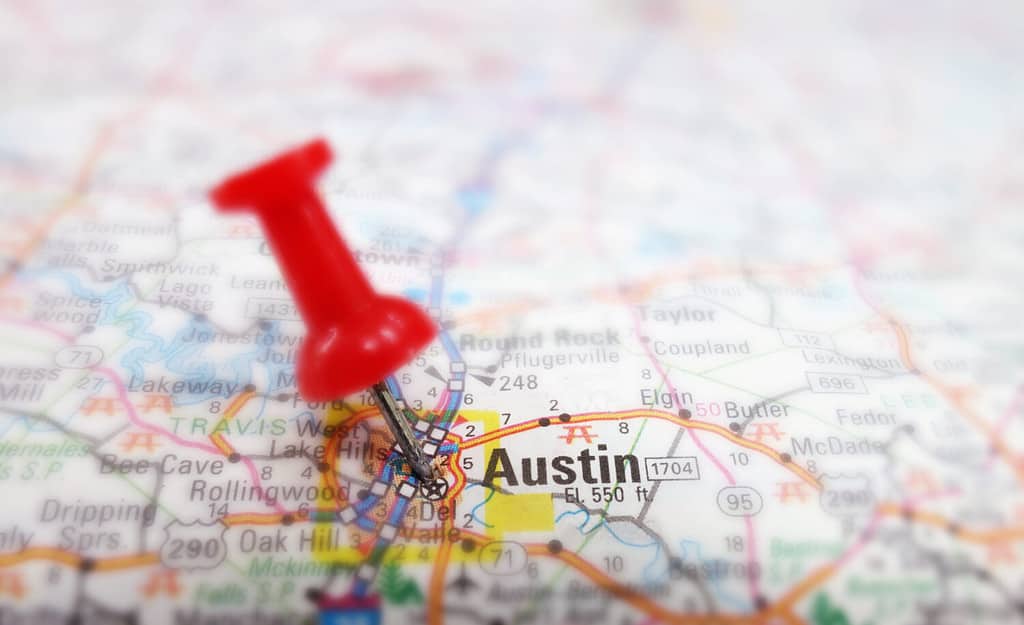
©zimmytws/Shutterstock.com
Texas heat is now hotter and lasts longer due to climate change, intensifying the drought conditions that encourage large-scale fires. There is a severe drought affecting more than 40% of the state. Texas, unlike much of the West, has two different fire seasons — late in the summer and in the fall. When temperatures are at their peak is when these occur. Spring is often the state’s windiest season, making dry springs especially hazardous.
The East Amarillo Complex Fire, which burned through 907,245 acres on March 12, 2006, was the largest wildfire in Texas history. This fire started when strong winds knocked trees into power wires, which ignited an adjacent pine forest with sparks.
By the time the fire subsided, it had scorched more than 34,000 acres of land, burned over 1,600 dwellings, claimed the lives of two individuals, and injured at least another dozen. Approximately 95% of Bastrop State Park was reportedly burned by this fire, according to The American-Statesman.
Alaska
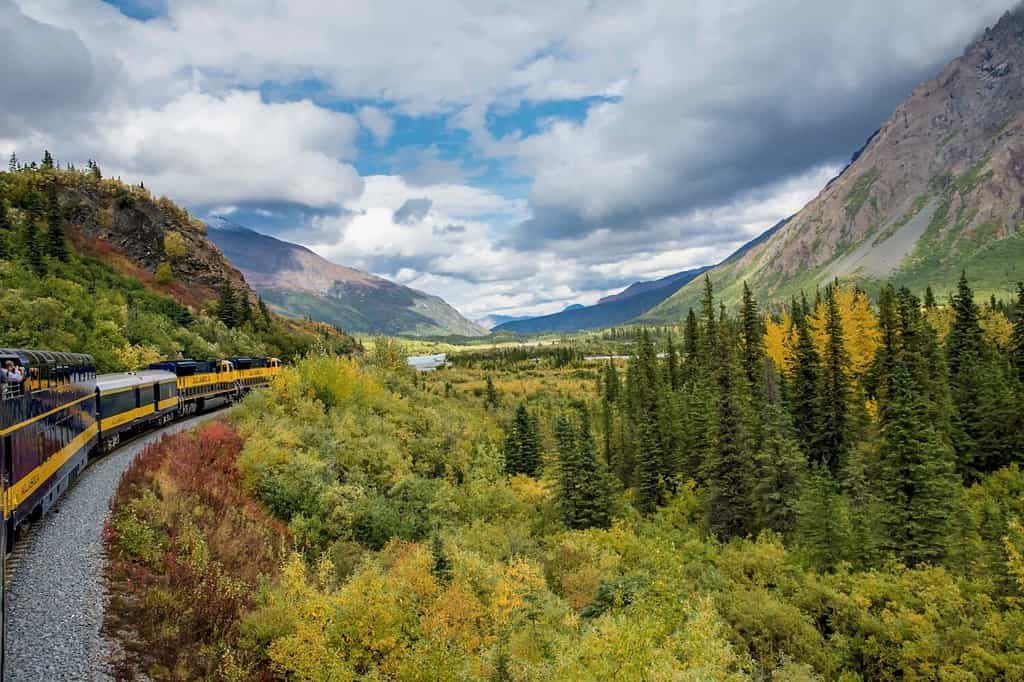
©Beth Ruggiero-York/Shutterstock.com
A little over half of the wildfires in Alaska are sparked by lightning, with the remaining ones being ignited by humans accidentally, purposefully, or through ignorance. Only two square miles of the 4,687 square miles that have burned so far this year have been caused by human activity.
Fighting every wildfire in Alaska is neither practical nor necessary. Alaska usually lets most fires put themselves out. This approach serves a crucial function in the state’s ecology by clearing out low-lying waste, thinning trees, and regenerating habitats for plants and animals. Fires in populated areas are put out using firefighting equipment.
The Bureau of Land Management’s lightning monitoring network has recorded around 145,000 lightning strikes in Alaska and nearby Canadian regions so far this year. A startling 42 percent happened between July 5 and 11, when weather systems brought rain but also caused the start of approximately 50 fires.
Idaho

©Peter Hermes Furian/Shutterstock.com
Like Alaska, the forests and rangelands of Idaho require a certain quantity of wildfire. Fire revitalizes the ground by destroying dead vegetation and thinned grass and releasing resources for new plants. Over 270,000 acres have burned this year in Idaho; this number can rise anytime. Extreme fire seasons are the new norm, according to most specialists.
Idaho is expanding as more people live close to and enjoy outdoor recreation in forests and rangelands, which increases the risk of wildfires. Unwanted wildfires started by humans are unfortunately on the rise with growth. In 2021, the state had 408 wildfires. Humans caused around 254. 154 was the result of lightning.
The state aggressively pursues those who start wildfires to recoup the costs associated with firefighting, even though temperatures across Idaho have become milder. The change in weather brought higher winds and thunderstorms with lighting and can start multiple fires.
Arizona
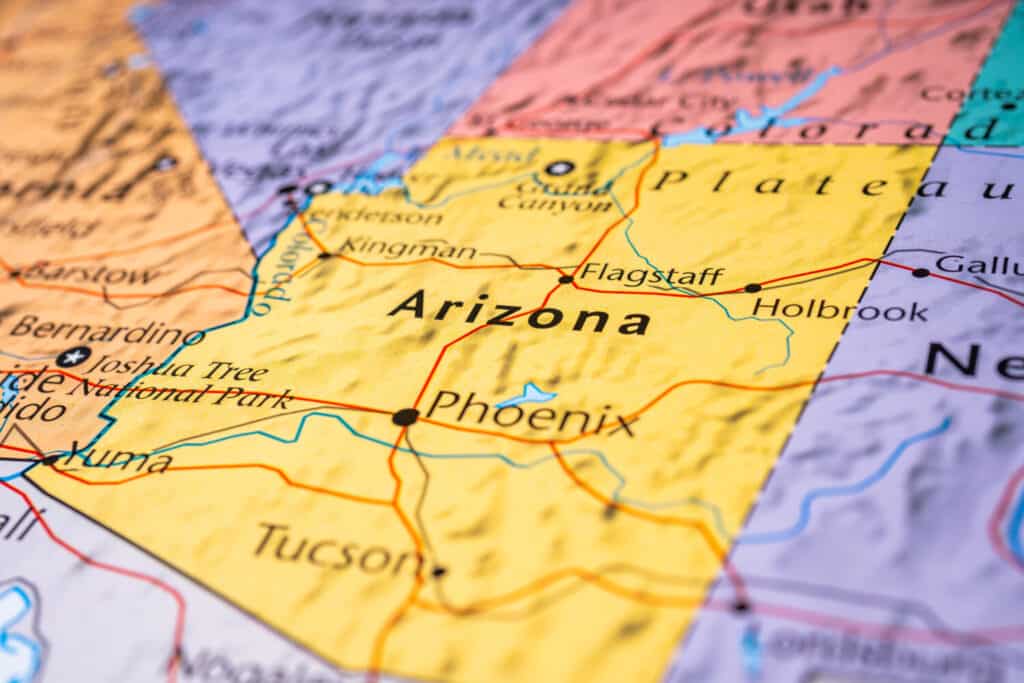
©Alexander Lukatskiy/Shutterstock.com
Most statistics are shown to be human causes or lightning causes of wildfires. Several other ones happen in Arizona. A flat tire or chains dragging from a vehicle can produce sparks. Since Arizona is hot and dry, these can easily catch grass on fire. One car was reported starting 18 separate fires there.
Another thing that can cause fire easily here is cigarettes. People can catch grass on fire if they don’t put them out. Fire seasons in Arizona are getting more challenging to predict. Due to their climate and how windy it is, this creates a drier environment and can easily feed the flames. About 45% of the population is at risk for a wildfire in their area. That is almost three million people.
California
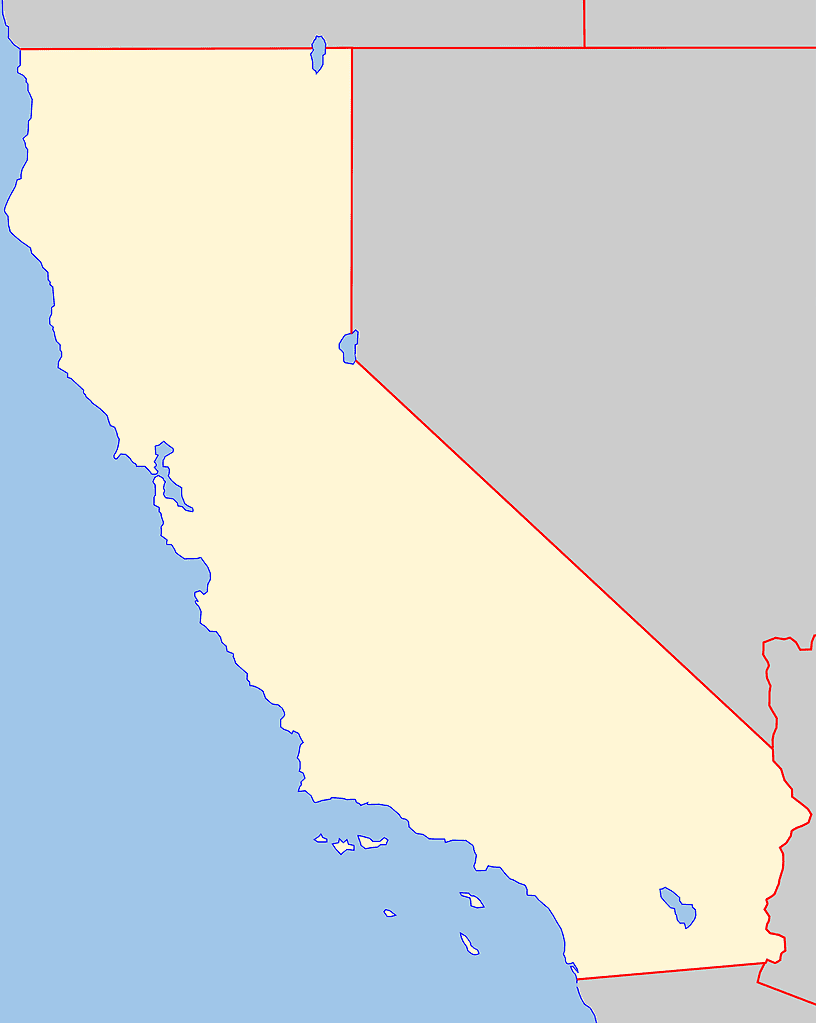
©Angr / CC BY-SA 3.0 – License
As a result of climate change, California has been suffering hotter weather and drier seasons, leading to more prolonged and more severe drought seasons. A wildfire can start more quickly, which also increases the severity of the blaze once it gets going. The last four years have seen over 50% of over 15 largest wildfires in California history. Over 10% are caused naturally. There is a plan in place that will do controlled burning of fire hazards. This includes burning off dead grass and such to reduce the chances of a wildfire starting and spreading. It is like putting a bandaid on the cause of the problem, which is climate change.
Conclusion
Wildfires are increasing, and if you are in any of these states that have them frequently, it’s essential to have a safety plan. The leading cause of all the wildfires is the drier environment, higher heat, and more wind. This is a result of climate change. The best way to stop the disaster caused by wildfires is to prevent them.
You can help battle the awful effects of climate change by researching more about what causes it. Find out what you can do and, if you live in these states, keep dead grass away from your home, barbecue grills, and campfires. Please share this post with someone who lives in one of these states so they can be aware of the risks and causes.
Summary of the States With the Worst Wildfires — and Why
| Number | State | Reason for Fires |
|---|---|---|
| 1 | Kansas | Dry Grassland |
| 2 | Texas | Climate Change |
| 3 | Alaska | Lightning |
| 4 | Idaho | Human Activity |
| 5 | Arizona | Hot and Dry |
| 6 | California | Climate Change |
The photo featured at the top of this post is © Ken Wolter/Shutterstock.com
Sources
- Arizona Mirror, Available here: https://www.azmirror.com/2021/06/28/years-of-raging-arizona-wildfires-bring-focus-onto-climate-change-drought/
- Move.org, Available here: https://www.move.org/most-dangerous-states-wildfires/
- World Atlas, Available here: https://www.worldatlas.com/natural-disasters/us-states-worst-affected-by-wildfires.html
- Insurance Business, Available here: https://www.insurancebusinessmag.com/us/news/breaking-news/these-are-the-top-15-us-states-with-the-most-wildfire-exposure-189642.aspx
- World Atlas, Available here: https://www.worldatlas.com/natural-disasters/us-states-worst-affected-by-wildfires.html
Thank you for reading! Have some feedback for us? Contact the AZ Animals editorial team.






